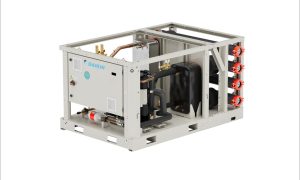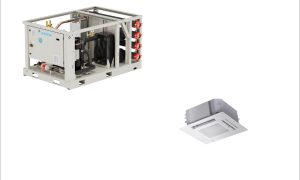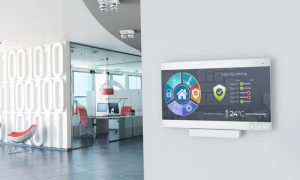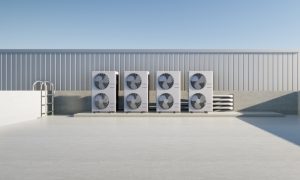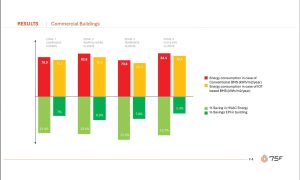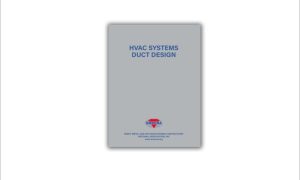GPA Global, a company that specialises in custom product presentation, centred on bespoke packaging and displays, has been committed to sustainability since its formation. Through initiatives such as supporting community horticulture projects and sourcing environmentally preferred materials in their products, sustainability has always been part of the way GPA does business. To take their efforts to the next level, GPA recently launched an initiative to measure the carbon footprint of their manufacturing sites and provide recommendations on how the footprint can be reduced.
The initiative was piloted in 2018, with the calculation of the carbon footprint of a single factory in Shenzhen, China. The pilot was launched by UL’s environment and sustainability division, providing support from activity coordination, data collection and carbon footprint calculation. The outcome of the pilot was a robust carbon footprint report and capability development across all participants.
Using the learnings from the 2018 pilot, GPA significantly expanded the carbon footprint program in 2019 to include 10 manufacturing sites across Greater China. Furthermore, GPA continues to work with UL to equip teams at each manufacturing site with an understanding of, and processes for carbon management, through a purpose-built online tool that enables efficient capability development, data collection and emissions calculation. GPA and UL have taken this more holistic approach to support the adoption of carbon management as part of business-as-usual, rather than as a one-off annual task.
With an eye towards the future, GPA will explore whether the approach they have taken for carbon can be replicated across other environmental dimensions such as waste and water management and product recyclability.
Robin Argyrou, Operations Director at GPA Global said, “Simply asking our manufacturing sites to report their carbon footprint would have generated uncertain results. From day one, we have taken the approach of empowering our manufacturers to accurately measure and effectively manage their footprint. This way the teams involved internalise the benefits of carbon management”.
Alberto Uggetti, Vice President and General Manager for UL’s Environment & Sustainability Division said, “Measuring and managing carbon is a business necessity. However, to do so effectively requires cultural change, skills development and efficient tools. We are delighted to have supported GPA Global in the development of these attributes and are excited to see what they achieve in 2019 and beyond.”
UL’s purpose-built online tool handles the entire carbon management journey. From initial e-learning about carbon management through guided data collection, to the generation of a PDF carbon footprint report that is verification ready, UL’s intuitive software will make the entire process simple, fast and accessible.
Mini ductless split units: Solution to cool an older house
HTR Mechanical is offering air-conditioners to the residents of Bucks County, in Pennsylvania. HTR have been actively providing, servicing and replacement of the air conditioners, with the new HVAC units, to heat and cool their residential environment at a very reasonable price. Right from the residential air-conditioners, to the ductless split units, HTR Mechanical are among the local licensed and insured heating and air conditioner contractor.
Mini ductless split units in Bucks County work just like conventional heat pump units where there is still an indoor unit with a blower creating your supply, with an exterior unit or commonly called the outdoor unit, but with no need of custom ducts to be ran throughout your walls or ceiling. This type of air conditioning unit is perfect for a pre-easting room or an older house that has rooms that you would rather not cut into walls and ceiling to run ducts to the registers where you would like to supply heat and air conditioning. They are also very reasonable in comparison to conventional heat pump unit, while remaining quite powerful too. Like central systems, mini splits have two main components: an outdoor compressor/condenser, and an indoor air-handling unit. A conduit, which houses the power cable, refrigerant tubing, suction tubing, and a condensate drain, links the outdoor and indoor units.
Cookie Consent
We use cookies to personalize your experience. By continuing to visit this website you agree to our Terms & Conditions, Privacy Policy and Cookie Policy.



![12 [2]](https://www.thermalcontrolmagazine.com/wp-content/uploads/2021/08/12-2-300x180.jpg)
![12 [1]](https://www.thermalcontrolmagazine.com/wp-content/uploads/2021/08/12-1-300x180.jpg)

